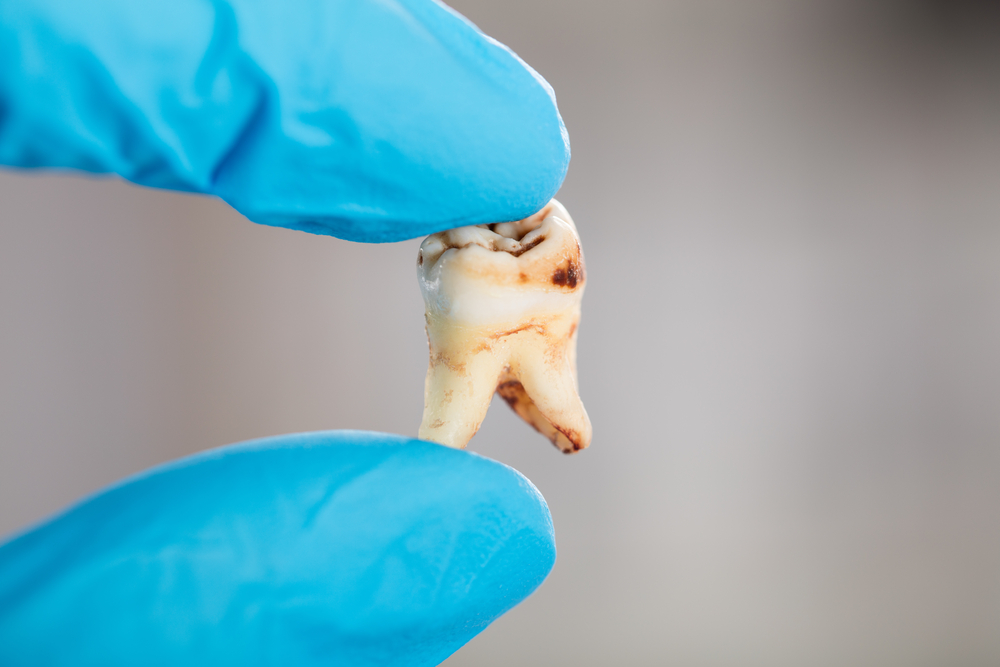The opioid epidemic has ravaged communities across America, leaving countless individuals and families grappling with the devastating consequences of addiction. Suboxone, a medication used to treat opioid use disorder, has emerged as a crucial tool in the fight against this public health crisis. However, the use of Suboxone has been associated with a troubling side effect – severe dental problems, including tooth decay, cavities, and even tooth loss.
Former Suboxone users have taken legal action against the drug’s manufacturers, Indivior and Reckitt Benckiser, alleging that the companies failed to adequately warn about the risks of using the opioid addiction medication. These Suboxone tooth decay lawsuits have gained significant momentum, with lawyers indicating that they are close to reaching a tolling agreement that would extend the statute of limitations and allow for the filing of thousands of additional claims.
The Link Between Suboxone and Dental Problems
Suboxone is a combination medication that contains the active ingredients buprenorphine and naloxone. Buprenorphine is a partial opioid agonist that helps to reduce cravings and withdrawal symptoms in individuals with opioid addiction, while naloxone is an opioid antagonist that blocks the effects of opioids and helps to prevent the misuse of Suboxone. While Suboxone has been an effective treatment for opioid use disorder, the medication has been linked to a range of dental problems, including tooth decay, cavities, oral infections, and tooth loss.
A Growing Number of Suboxone Tooth Decay Lawsuits
As the number of individuals reporting dental issues associated with Suboxone use has increased, a wave of product liability lawsuits has been filed against the drug’s manufacturers. These Suboxone tooth decay lawsuits allege that Indivior and Reckitt Benckiser failed to adequately warn patients and healthcare providers about the potential risks of using the medication. The lawsuits claim that the manufacturers were aware or should have been aware of the link between Suboxone and dental problems, yet failed to take appropriate action to inform the public and mitigate these risks. As a result, many former Suboxone users have suffered from devastating dental issues, including the need for expensive dental treatments, tooth extractions, and the loss of their self-esteem and quality of life.
The Scope of the Suboxone Tooth Decay Litigation
The Suboxone tooth decay lawsuits have gained significant momentum recently, with the number of claims steadily increasing. As of July 2024, there were 677 Suboxone tooth decay lawsuits pending in a multidistrict litigation (MDL) within the Northern District of Ohio.
However, this number is expected to rise dramatically in the coming months, as lawyers indicate that “thousands” of additional claims are likely to be filed. The reason for this anticipated surge is the approaching two-year anniversary of a label change that the manufacturers may argue triggers the start of the statute of limitations for certain claims.
To avoid a flood of individual lawsuits being filed, the parties involved in the litigation have been in discussions to reach a tolling agreement. This agreement would extend the statute of limitations, allowing more time for the parties to investigate and vet the claims before they are formally filed in the federal court system.
The Suboxone Tolling Agreement and Statute of Limitations
The potential tolling agreement is a crucial development in the Suboxone tooth decay litigation. Under the current timeline, the manufacturers may argue that the June 2022 FDA-mandated label change, which required the addition of warnings about the risk of dental problems, should trigger the start of the statute of limitations for certain claims.
This would mean that individuals living in states with a two-year statute of limitations would have until June 2024 to file their lawsuits. However, as lawyers continue to investigate and vet a large number of potential claims, they have been pushing for a tolling agreement that would extend this deadline.
In a recent court filing, the parties involved in the litigation indicated that they are “optimistic” that a tolling agreement can be reached. This would allow the claims to be transferred to the agreement, rather than requiring the court to be flooded with individual lawsuits if the judge presiding over the litigation decides to sever the bundled complaint.
The Potential Impact of the Suboxone Tolling Agreement
The successful negotiation of a tolling agreement could have significant implications for the Suboxone tooth decay litigation. Extending the statute of limitations would provide lawyers with more time to thoroughly investigate and vet the claims, ensuring that only valid cases are ultimately filed in the federal court system.
This, in turn, could help to streamline the litigation process and reduce the burden on the court. Rather than being overwhelmed with a flood of individual lawsuits, the judge presiding over the MDL would be able to focus on a more manageable number of claims that have been carefully vetted and prepared for the legal proceedings.
Additionally, the tolling agreement could pave the way for the establishment of a “bellwether” process, where a small group of representative claims are selected for early trial dates. The outcomes of these bellwether trials could then be used to gauge how juries are likely to respond to the evidence and testimony presented throughout the Suboxone litigation, potentially informing settlement negotiations and the overall resolution of the Suboxone tooth decay lawsuits.




